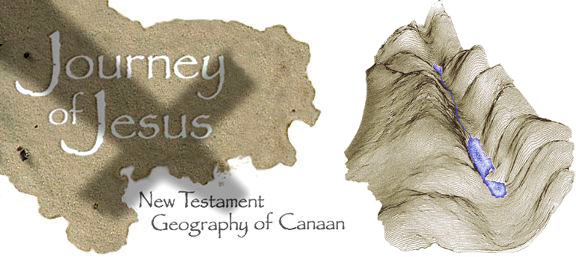Comet
"Chinese astronomers recorded a new star in the constellation Capricorn in March–April of 5 B.C.E. which was visible for over 70 days. This new star could have been a nova [(short for the Latin nova stella = “new star”). A nova is caused by a white dwarf gathering enough material, usually from a nearby companion in a binary system, onto its surface to raise the surface pressure high enough for a thermonuclear explosion. The white dwarf’s increase in brightness may be a factor of 10,000 to over one million. The increase to peak brightness is very rapid, within a few days, while the fading away to invisibility usually takes a few months.
The new star observed by the Chinese would have appeared in the east several hours before sunrise (remember Matthew 2:2…”we observed his star at its rising”). The constellation Capricorn is well away from the galactic plane (by 30–40 degrees), where most stars in our galaxy are found. A nova occurring in Capricorn would be a very rare event. However, Matthew 2:9 implies that the object was later visible in the south when the wise men headed south toward Bethlehem after their visit with King Herod. A nova would not have moved that much.
The Chinese would not have distinguished a comet from a nova since all they recorded was something new in the sky that was temporary. A comet has the advantage of a tail that can appear to be pointing in a direction which may have guided the magi. In addition, a comet moves! A comet can even disappear as it moves behind the sun and reappear as it comes out from behind the sun."
Han shu, the official history of the former Han dynasty [206 BC-AD 9]
‘Second year of the Chien-p’ing reign period, second month [5 BC, March 9-April 6], a suibsing appeared at Ch’ien-niu for over 70 days.’
